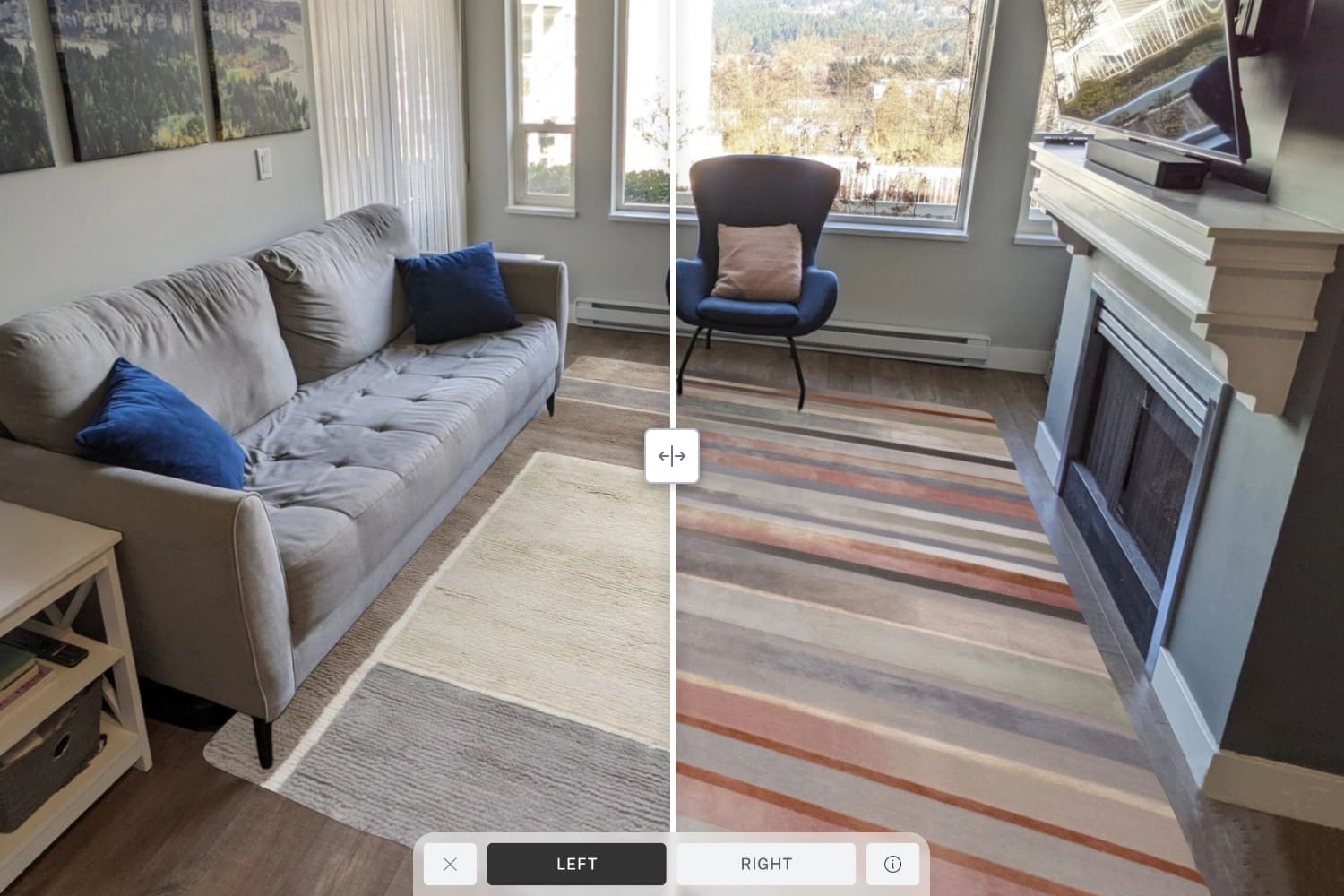In an uncertain world, consumers are craving familiarity — and they’re demanding it from every company they deal with.
According to McKinsey, 71% of shoppers expect businesses to deliver personalized experiences and 76% are annoyed when that doesn’t happen.
So what is personalization? In a retail context, personalization means tailoring the customer experience to suit the unique needs of the individual.
Almost every interaction in the customer journey can be personalized, no matter what channels the shopper is using. From website visits to emails and social media messages, each touchpoint should feel familiar and build on the customer’s previous interactions.
Get it right and companies can boost engagement, increase sales, and build loyalty. Brands have a lot of work to do, however. While 85% of businesses think they’re doing a good job on personalization, only 60% of customers agree.
What can manufacturers and retailers do better? Here are three top tips for personalizing the customer experience.
1. Every customer journey is unique, so manufacturers should make their products visible at all touchpoints.
Manufacturers already know the importance of being visible in-store. End of aisle, front of showroom, at eye level — if you can secure highly visible locations on the shelf, you maximize the opportunities of selling your products. But what about online visibility?
A study of 12,866 US consumers found 99% researched purchases online before going to a store. But that’s not the most surprising statistic. 92% researched purchases online while shopping in a brick and mortar location.
Customers should be able to find a manufacturer’s products in every channel they interact with, and the experience should be tailored and consistent in every interaction.
When customers search for flooring or rug brands online, does the manufacturer’s website appear high in the rankings? When customers reach the manufacturer’s site, can they access plenty of brand-building content and detailed product information? When customers pull up the Roomvo visualizer — at home or in-store — can they find the brand’s products?
Delivering a successful omnichannel strategy is a minimum requirement in 2023, and requires a seamless, personalized shopping experience across all shopper interactions — online and in-store.
2. Businesses are betting big on augmented reality.
2023 is the year of augmented reality (AR), according to eMarketer.
Venture capital invested into AR and virtual reality (VR) topped USD 4 billion in 2021 — that’s more than any other year except 2018. H&M, Avon and The Very Group all announced new AR ventures in the last few weeks of 2022.
So what’s new with AR in home decor? In industries like rugs and flooring, AR has become an effective marketing tool. Let’s look at a trailblazing social media contest from HARO, Germany’s leading parquet manufacturer.
The 150-year-old supplier harnessed the Roomvo visualizer to power the most successful online marketing initiative in company history. The campaign generated millions of impressions and tens of thousands of new visitors to the HARO site. The site itself saw a twelve-fold jump in product views and a significant increase in usage of the online store locator, sending more business to its retailers than ever before.

3. Manufacturers and retailers are helping consumers choose products with guided selling.
The customer experience is becoming more personalized in 2023, with manufacturers and retailers using guided selling to help shoppers make quicker, better informed purchase decisions.
Flooring manufacturer Daltile offers consumers multiple ways to narrow down their product selection, for instance, including options to shop by look, colour, room and style.
If shoppers don’t know their style, they can try the “Find Your Style” quiz, which asks questions on preferred colour palettes, wall coverings, chandeliers, chairs, textile patterns, and overall room decor. Once the shopper has submitted their preferences, they’re presented with their style and suggested products — and DalTile captures the lead.
Guided selling establishes trust with the consumer and helps them find the best products to suit their needs, which helps you boost engagement, build loyalty, and increase conversions. Plus, by opening up more opportunities for cross-selling, guided selling helps businesses increase their Average Order Value (AOV).
Boost engagement, sales, and customer loyalty.
With more customers demanding personalized experiences in 2023, manufacturers and retailers are well-positioned to serve customers better and differentiate themselves from the competition. By ensuring a familiar experience across all touchpoints, delivering immersive experiences using the customer’s own environment, and guiding customers in their product selection, businesses can boost engagement, sales, and customer loyalty.






